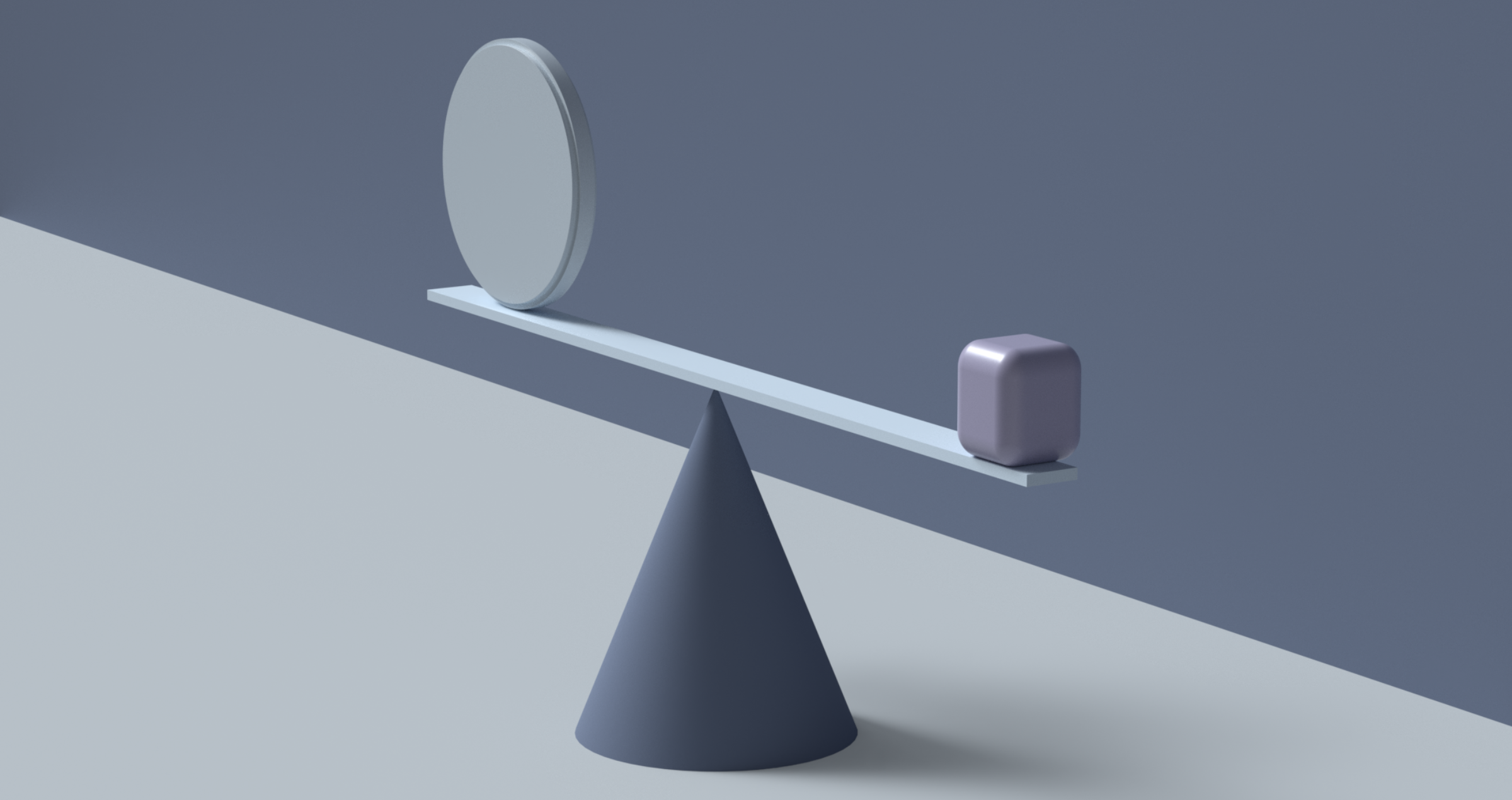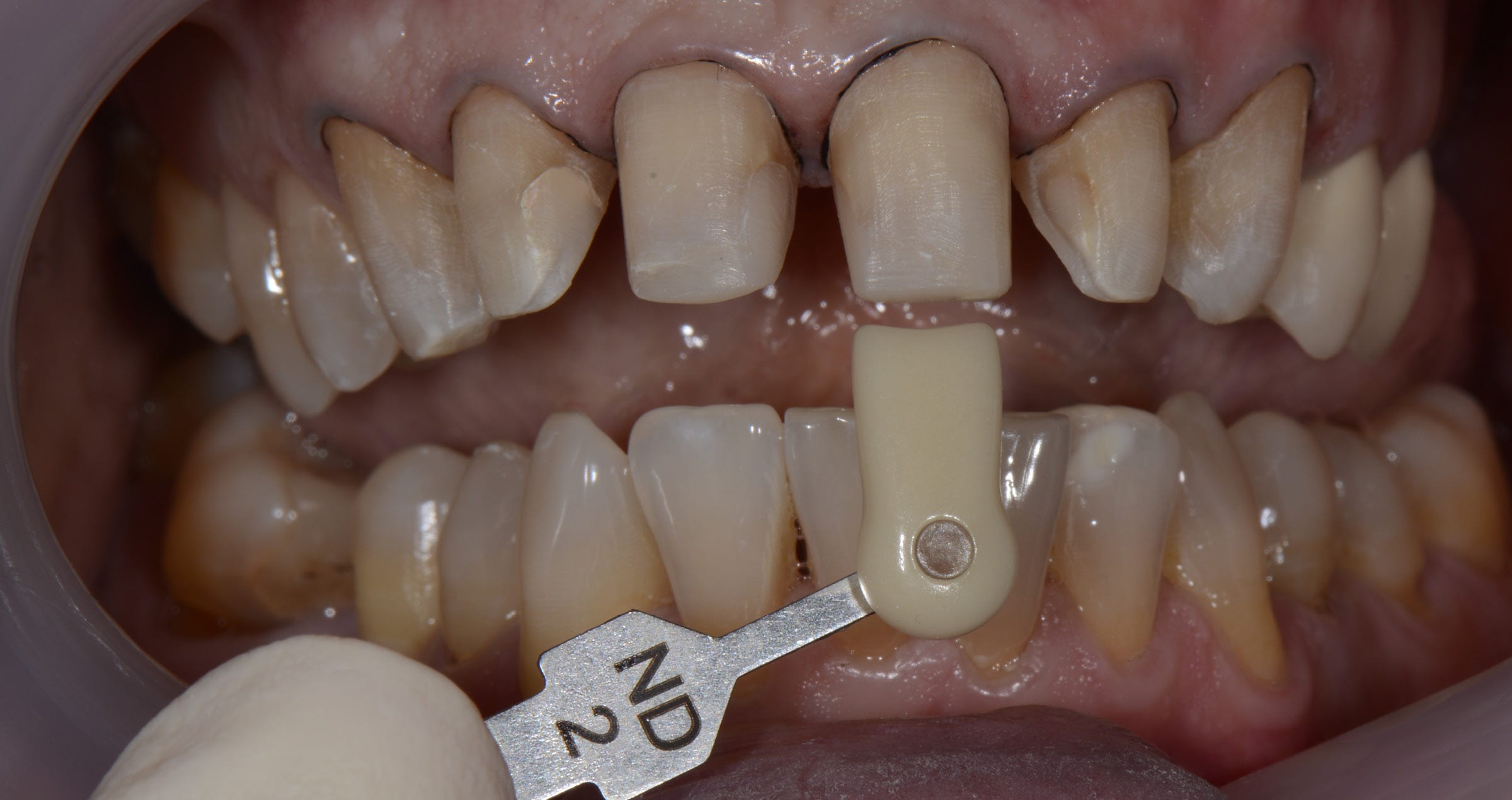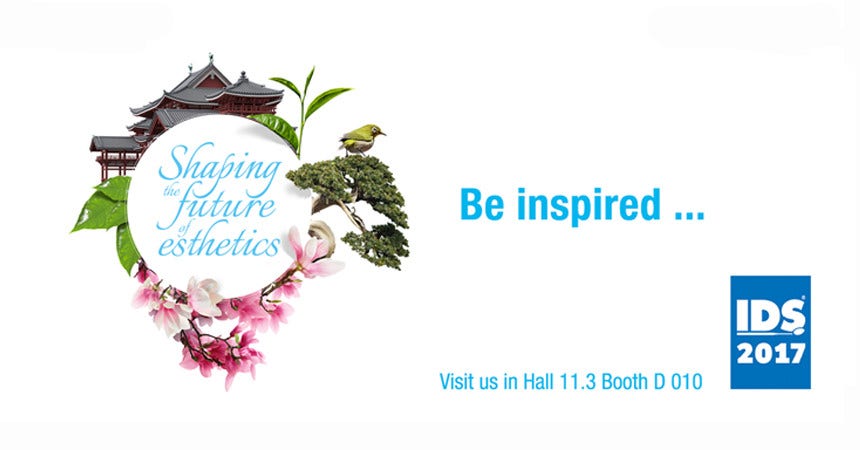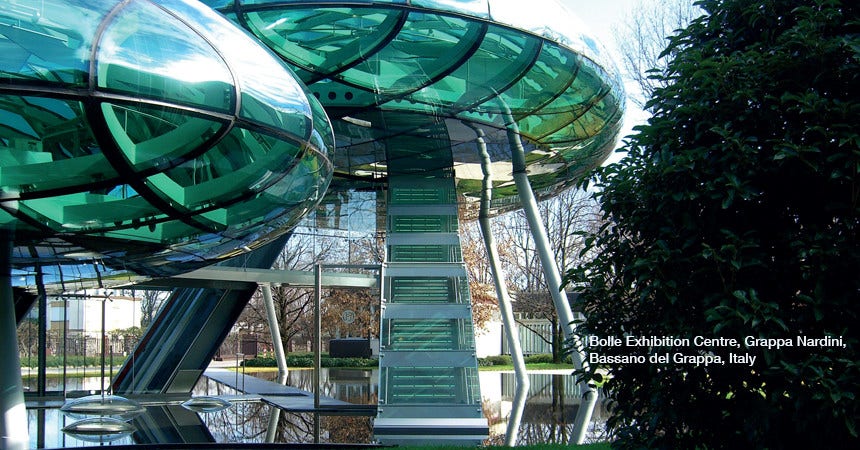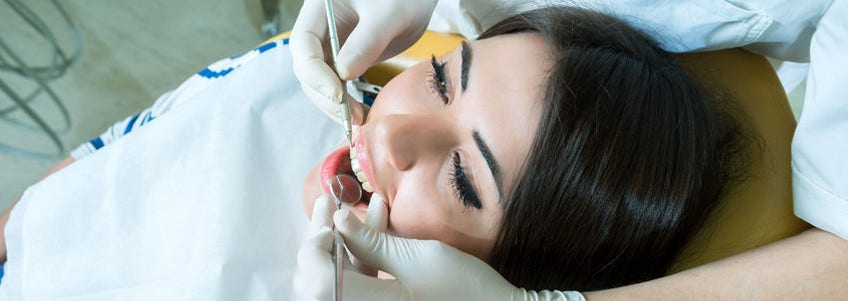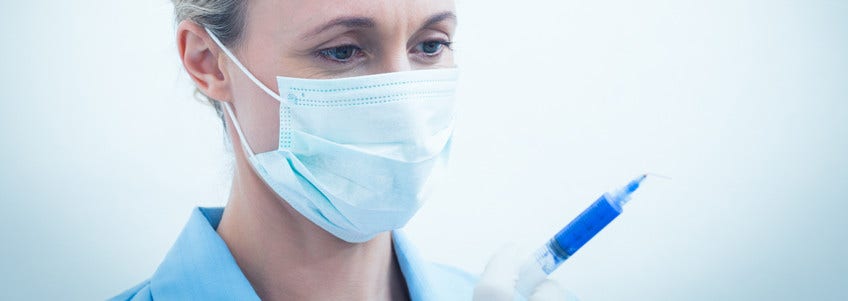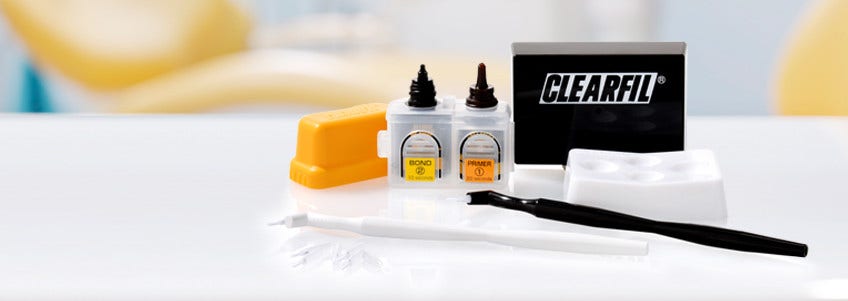PRESS RELEASE
EXPERTS PRESENT IMPORTANT FINDINGS ON THE ADVANCED BONDING PROPERTIES OF THE NEW ONE-BOTTLE UNIVERSAL ADHESIVE: CLEARFIL™ UNIVERSAL BOND QUICK
Hattersheim, Germany – January 2017
The 2nd December 2016 saw the annual Kuraray Noritake Expert Symposium in Frankfurt with more than 60 leading adhesives and composites experts from universities all over Europe meeting to discuss and share new advances in the world of adhesive technology, notably CLEARFIL™ Universal Bond Quick: the new one-bottle universal adhesive by Kuraray Noritake Dental which is to be launched in Europe in February. Prof. Dr. Bart Van Meerbeek from the KU Leuven - BIOMAT - University Hospitals Leuven/Belgium, acted as Symposium Moderator.
Starting off the day’s proceedings, Yusuke Fujimura, Technical Manager and Chief Developer at Kuraray Noritake Dental demonstrated how, unlike most other bonding agents, CLEARFIL™ Universal Bond Quick works instantly, removing the need for waiting time, extensive rubbing or multiple layer application. This was followed by Professor Dr Bart Van Meerbeek who discussed the problems associated with conventional total-etch methods whereby strong phosphoric acid is applied to the dentin, dissolving the natural tooth protector hydroxyapatite and exposing the collagen matrix. He posed the fundamental question:” Why demineralise the tooth with strong acids only to remineralise it again?”
Also on the agenda were four individual studies, each tested far over and above the legally-required ISO standards, providing insights into the fact that the longevity prognosis for bonded restoration is absolutely dependent on both the quality of the adhesives and the effect of the procedural steps. Luc Randolph, Materials Research Engineer at the University of Louvain-la-Neuve/Belgium, reported on shear bond strength tests using the new universal adhesive CLEARFIL™ Universal Bond Quick concluding that: “Among the all-in-one universal alternatives, the new CUBQ technology appears equally efficient despite the absence of waiting time after application, making it a more user-friendly and convenient option than its competitors.”
Prof. Dr. Amélie Mainjot from the University of Liège/Belgium went a step further demonstrating highly positive bond results for zirconia which showed, even after thermocycling, comparable bond strength to Vita Mark II class-ceramic instead of pre-test failures when not treated with CLEARFIL™ Universal Bond Quick.
Finally, Prof. Dr. Mutlu Özcan from the University of Zurich/Switzerland, concluded that, whereas the described method of air-abrasion increases the adhesion results for the majority of adhesives, air-abrasion may not be needed for CLEARFIL™ Universal Bond Quick.
Over the course of the day the speakers presented many enlightening research results which participants were able to take away with them. However, before they left, Prof Van Meerbeek called for a panel discussion so that speakers could collaborate with the audience on requests for future development and findings.
CLEARFIL™ Universal Bond Quick is launched in Europe on the 1st of February 2017.
Read the full report: Kuraray Noritake Symposium Report (PDF: 360 Kb)


